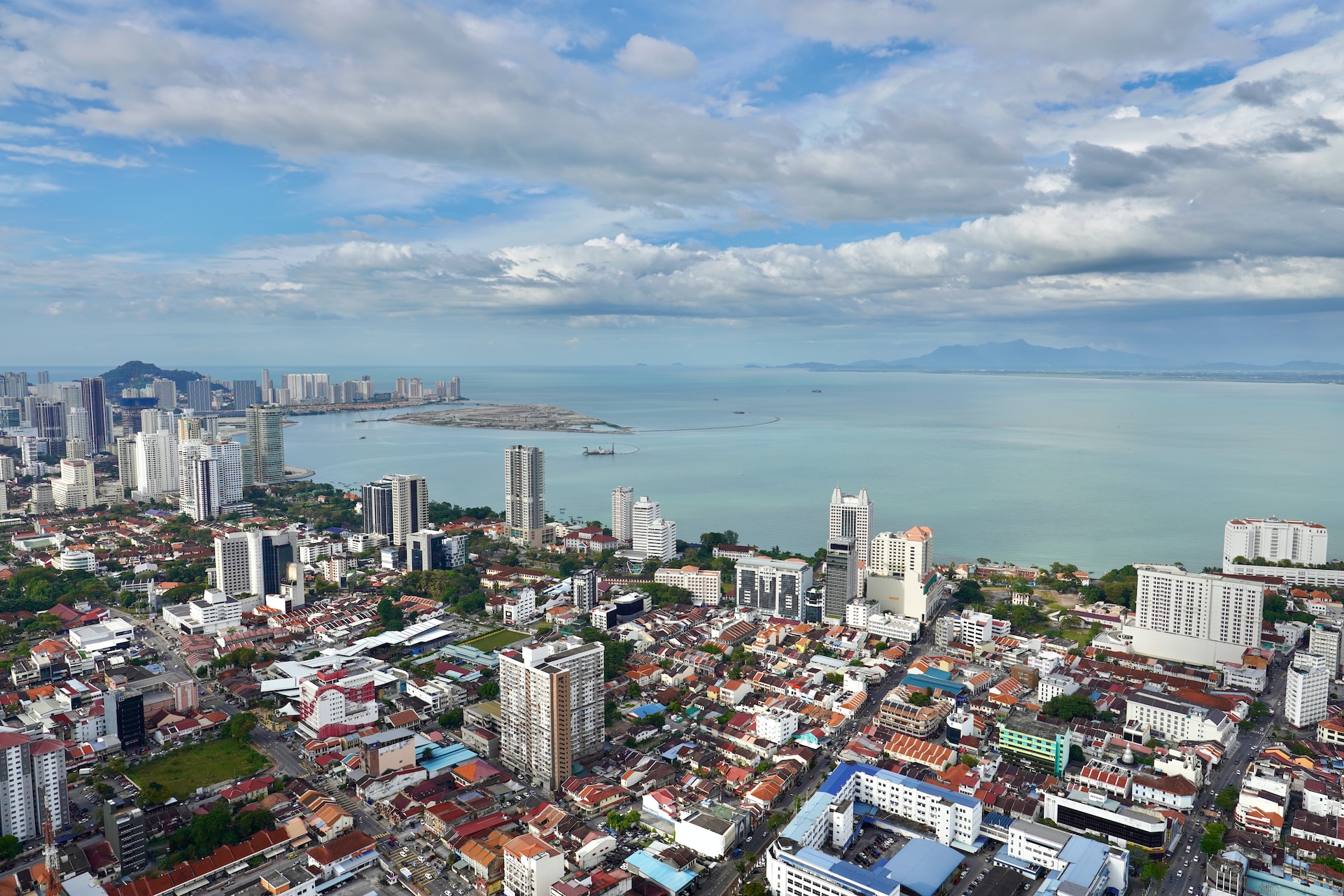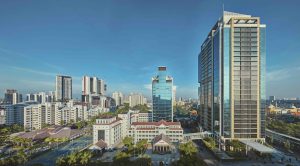Penang Silicon Valley Island project to be completed within 8 years
Share story

Aerial view of Penang Island, also known as the “Pearl of the Orient”
Penang is known as the “Silicon Valley of the East” because of its thriving electrical and electronics (E&E) ecosystem, which has transformed from labor-intensive and low-value-added to capital-intensive, knowledge-based, and high-technology.
The Eight Samurai—Intel, Robert Bosch, Clarion, Advanced Micro Devices (AMD), Hewlett-Packard (HP) (now Keysight Technologies and Agilent Technologies), Litronix (now Osram Opto Semiconductors), Hitachi (now Renesas Electronics), and National Semiconductor—started operations in Penang in the 1970s. After being acquired by Texas Instruments, National Semiconductor no longer operates in Penang.
Multinational corporations (MNCs) have generated opportunities for other mid- and downstream players, as well as local enterprises that provide supporting operations, as the E&E sector continues to grow with the adoption of new, innovative, and advanced technologies.
Penang Island, or, more precisely, Bayan Lepas, is regarded as the E&E cluster or regional manufacturing hub, as it is the site of the majority of activity.
The narrative may be changing, however, as preliminary works to create Silicon Island off the southern coast of Penang Island started on September 1, 2023, according to Chief Minister Chow Kon Yeow.
Chow said the Environmental Management Plan (EMP) for the Silicon Island project was approved by the Penang DoE (Department of Environment) on July 21.
The approval came after the Environmental Impact Assessment (EIA) for the Penang South Island (PSI) project was given an approval with 71 conditions by the DoE on April 11.
The PSI, also known as the Penang South Reclamation Project, was scaled down from the proposed three artificial islands to only one island, Island A, renamed Silicon Island.
Silicon Island

People strolling in a futuristic-looking green tech park.
The man-made island project, measuring 930ha and touted as the economic catalyst and new tourism attraction for Penang, is to house the Green Tech Park (GTP) and Heart of the Island (Hoti) business district.
The reclamation effort, in two phases off the southern coast of Penang island, will take between 10 and 15 years to complete.
The GTP will feature research and design facilities, digital technology infrastructure, e-commerce and business process outsourcing.
Hoti, on the other hand, has been planned as a waterfront commercial hub that will serve as the pulse of the island.
Silicon Island Development Sdn Bhd, which is 70% owned by SRS PD Sdn Bhd, has awarded the design, management and construction of the Phase 1 reclamation works of Island A to turnkey contractor SRS TC Sdn Bhd, a wholly-owned subsidiary of Gamuda.
Upon completion, the project designed according to environmental, social and governance (ESG) principles, is expected to attract high-impact investments.
Man of his word
Penang Chief Minister Chow Kon Yeow stated that he will fulfill the pledge he made before the state election to completely develop large-scale infrastructure construction and social development in the state during the next five years. He plans to launch these efforts in five years and begin construction in ten.
He believes that industry players in the construction field in the state can seize the opportunity, such as by forming joint ventures to bid for large-scale infrastructure projects, not only sharing the economic cake of Penang’s rapid development but also jointly building Penang.
Chow recently attended the 146th anniversary dinner of the Penang Construction and Materials Dealers Association and said that while Penang’s Silicon Valley Island is expected to be completed in eight years, based on current progress, the plan will be able to fill out a plot of land for the Green Tech Park in three years.
“It is expected that in November this year, after the Silicon Valley Island reclamation project reaches a certain scale, the state government will also hold an opening ceremony for this project, indicating that this iconic project has officially begun its journey.”
He also emphasized that the undersea tunnel was not stillborn. However, since the undersea tunnel is located in Bagan Ajam, it may affect the future development plan of the North Sea Deepwater Terminal. Therefore, it is currently necessary to wait for the response from Penang Port Company Limited before deciding on the next step.



